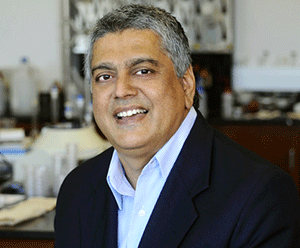Electrochemists—are you looking for the next challenge in your career? Are you prepared to examine the gaps in the electrochemical science field and willing to take a step back to find new, innovative solutions?
Next Generation Electrochemistry (NGenE), a summer institute on the frontiers of electrochemistry, is offering a one-week NSF-funded Summer Institute program at the University of Illinois at Chicago (UIC) June 3-7, 2019 to do just that. Experienced students and young postdocs are encouraged to apply.


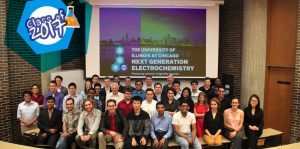
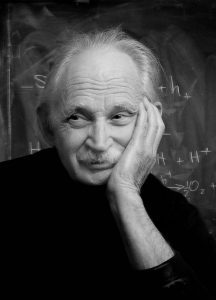

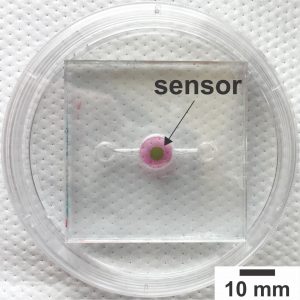
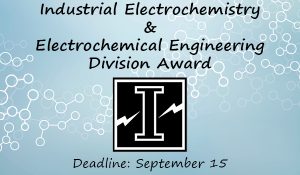
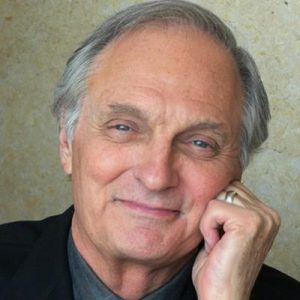
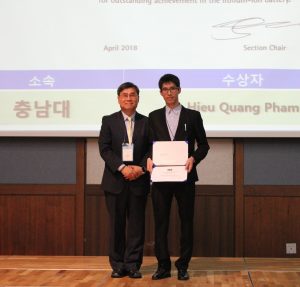
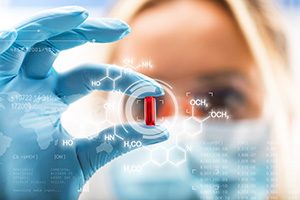
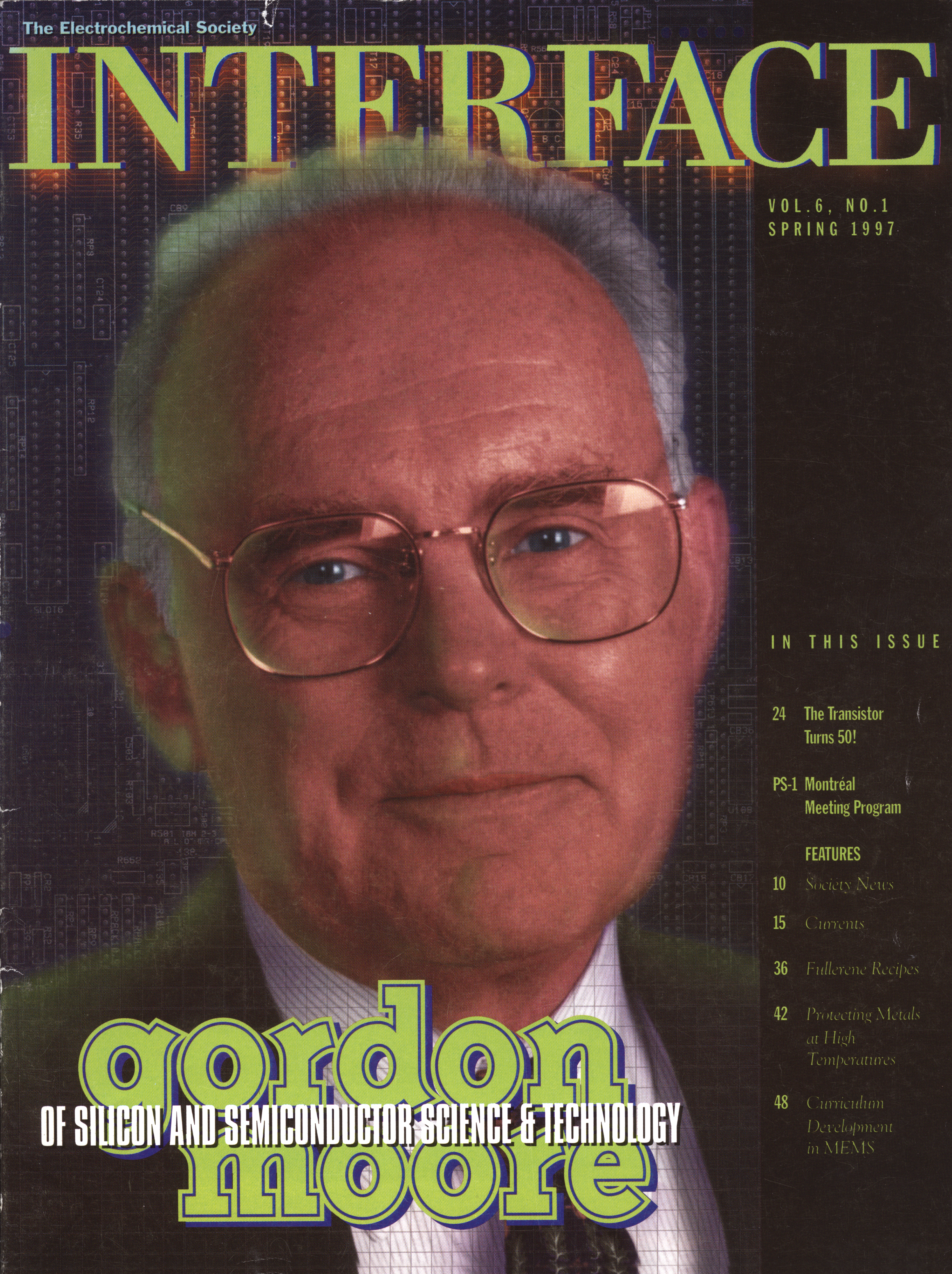 Nineteen sixty-eight marked a year of tragedy but also of transformation. It may be 50 years in our past, but what occurred that year is still very much alive with us today. Here are our top 5 reasons why the scientific advances of that year are super “groovy” in our book:
Nineteen sixty-eight marked a year of tragedy but also of transformation. It may be 50 years in our past, but what occurred that year is still very much alive with us today. Here are our top 5 reasons why the scientific advances of that year are super “groovy” in our book: